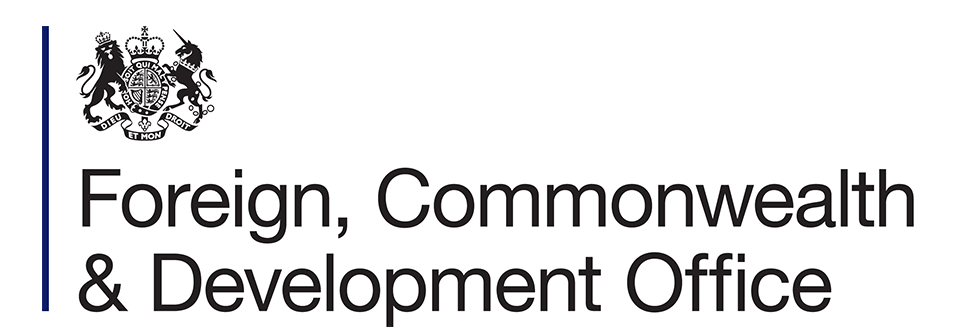WASHINGTON, September 8, 2020 — The World Bank Board of Executive Directors today approved $750 million in International Development Association (IDA) financing* to improve the movement of people and goods, digital connectivity and access to social services for the benefit of more than 3.2 million inhabitants around the regional trunk road between Isiolo and Mandera, in north-eastern Kenya.
As part of the Horn of Africa Gateway Development Project (HoAGDP), the World Bank will finance part of the renovation of the Isiolo-Mandera axis (365 kilometers out of 740 in total) and the improvement of 30 kilometers of feeder roads, while the rehabilitation of the remaining sections will be financed by other development partners. The project will also finance the laying of a fiber optic cable along the 740 kilometers of road, with connections to connect local communities; trade facilitation measures (including border management systems and construction of border posts); the establishment of basic socio-economic infrastructure for the local populations; institutional strengthening activities;
“North-eastern Kenya has yet to fully exploit its potential as a transit territory and its role in facilitating regional trade ,” explains Josphat Sasia, Senior Transport Specialist at the World Bank and team leader for the project . This transformative project will promote regional integration, as well as the safety, inclusion and equity that residents of this underserved region have long yearned for. The success of its implementation will depend on the support provided by the populations and local officials. »
Road upgrades, together with fiber optic connections and the provision of essential social services, will attract investment, facilitate regional and domestic trade, create jobs and improve information sharing as well as access to Internet-related outlets.
“Promoting equal opportunities across the country and strengthening linkages within the sub-region will support Kenya’s transformation process and transition to middle-income economy status by 2030, says Keith Hansen, World Bank Country Director for Kenya. We are confident that this investment, which forms the broader basis of the Northern and North-East Kenya Development Initiative (NEDI), will make a significant contribution to the government’s efforts towards a shared prosperity. »
The implementation of the HoAGDP-Kenya project is expected to span six years. This operation opens a series of projects which will aim to support the development of modal links and regional transport axes within the broader framework of the Horn of Africa Initiative.
“Countries in the Horn of Africa should promote regional integration to create jobs and reduce poverty with a focus on inclusion and sustainability. The World Bank is one of the partners who supported the launch, in 2019, of the Horn of Africa Initiative, born of the desire of the participating countries to deepen their cooperation and promote development that benefits their populations. , says Deborah Wetzel, director of regional integration for sub-Saharan Africa, the Middle East and North Africa at the World Bank . This new project, which inaugurates the implementation of the Initiative, will fill important gaps in terms of regional connectivity, both in terms of infrastructure and trade and in terms of strengthening regional institutions for better sharing of knowledge and the development of human capital. »
* The International Development Association (IDA) is the World Bank institution that helps the world’s poorest countries. Founded in 1960, it provides grants and loans at low or no interest to finance projects and programs that stimulate economic growth, reduce poverty and improve the lives of the poor. IDA is a leading donor to the world’s 76 poorest countries, 39 of which are in Africa. Its resources concretely benefit 1.6 billion people. Since its inception, IDA has supported development activities in 113 countries. Its annual commitment volume has averaged $21 billion over the past three years, with about 61% of that amount going to Africa.








